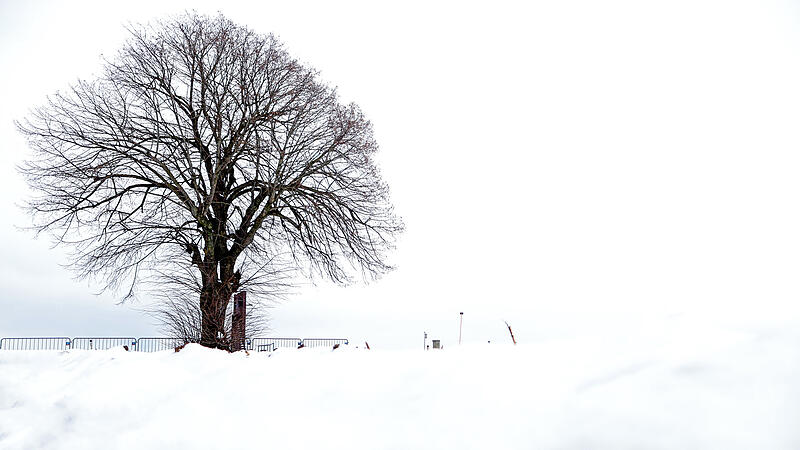Image: Volker Weihbold
Adalbert Stifter’s novel “The late summer” plays at Kremsmünster. The hike described therein “tree in the middle of the world” is, like the entire novel, somewhat alienated:
“At last we had reached the highest point… On this spot stood a very large cherry tree, the largest tree in the garden, perhaps the largest fruit tree in the area. A wooden bench ran around the trunk of the tree, which had four little tables in front of it according to the four regions of the world, so that one could rest here, look at the region or read and write. At this point one could see almost all directions of the sky. I now remembered very well that I had probably seen this tree from the road or from other places during my hikes. It had appeared as a dark, prominent point, crowning the highest point in the area. On a clear day one should have seen the whole chain of mountains to the south from here, but now there was none to be seen; because everything flowed together in a single thunderstorm mass.”
Why Stifter moved the huge linden tree (which no longer exists) to “largest fruit tree in the area” made is left to the imagination of the poet. The Benedictine monastery does not appear anywhere, especially not by name. Stifter projected his spiritual, cultural and economic role entirely onto the Rosenhof of Baron Riesach, the mentor of the novel’s young protagonist.
Source: Nachrichten




